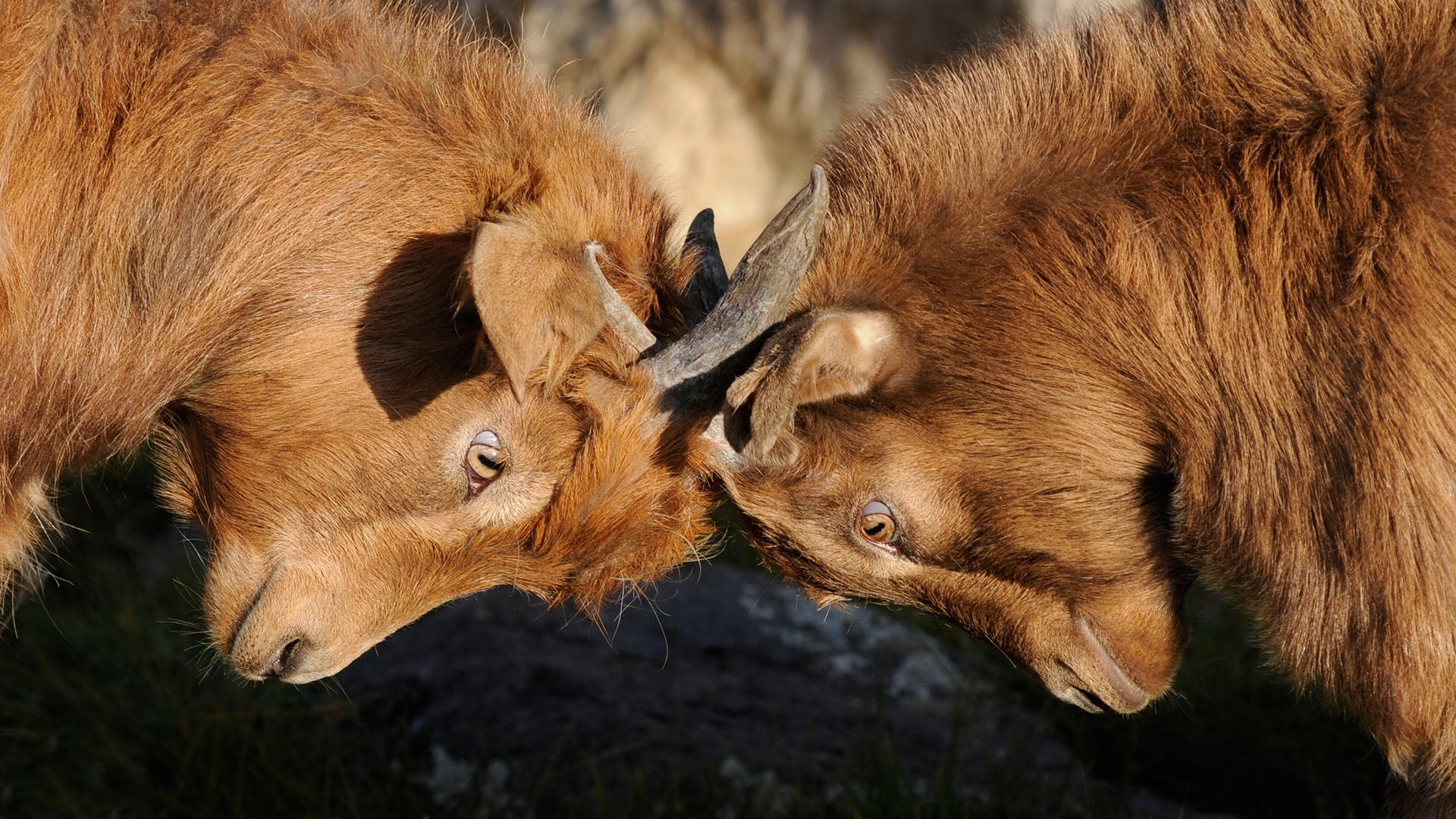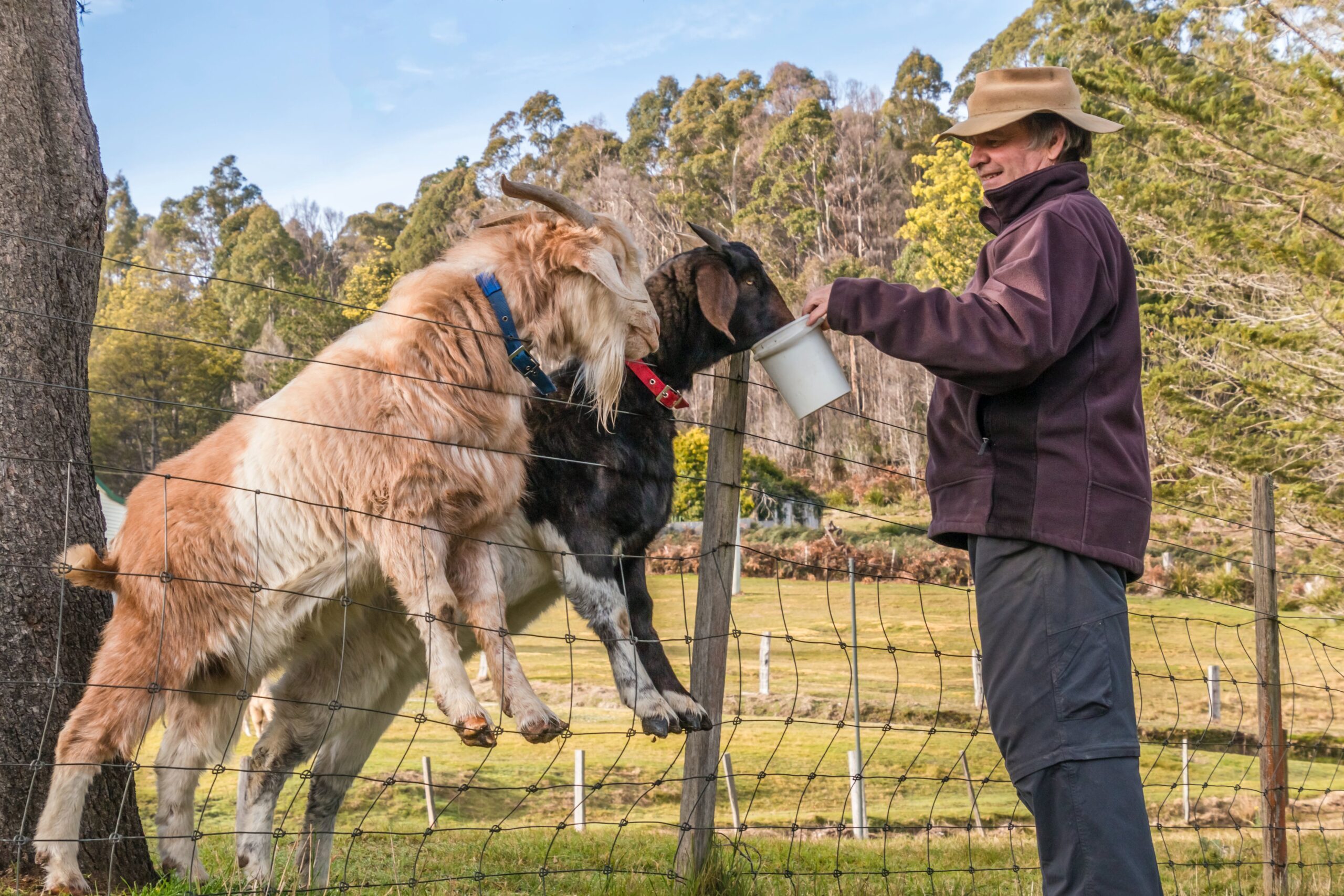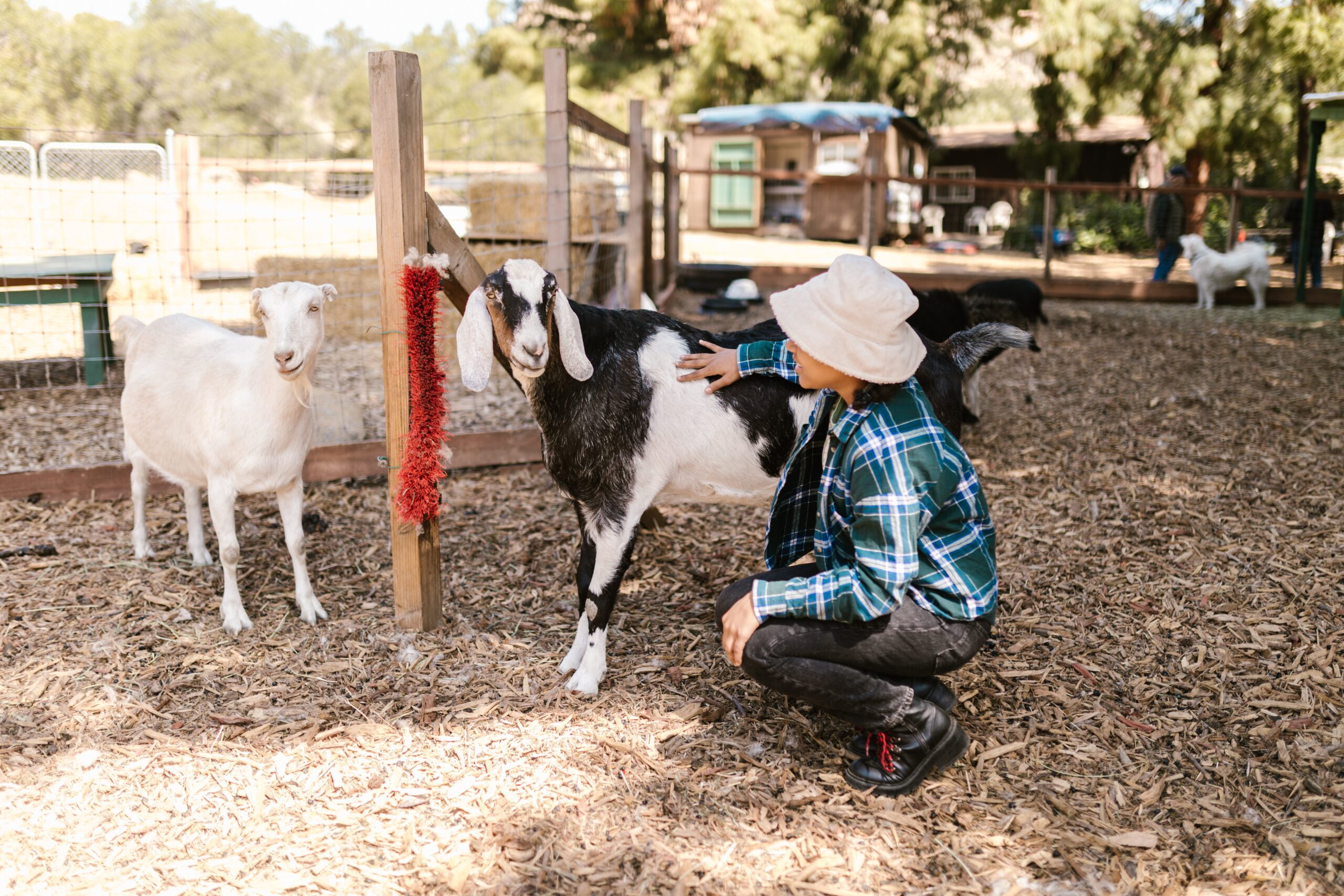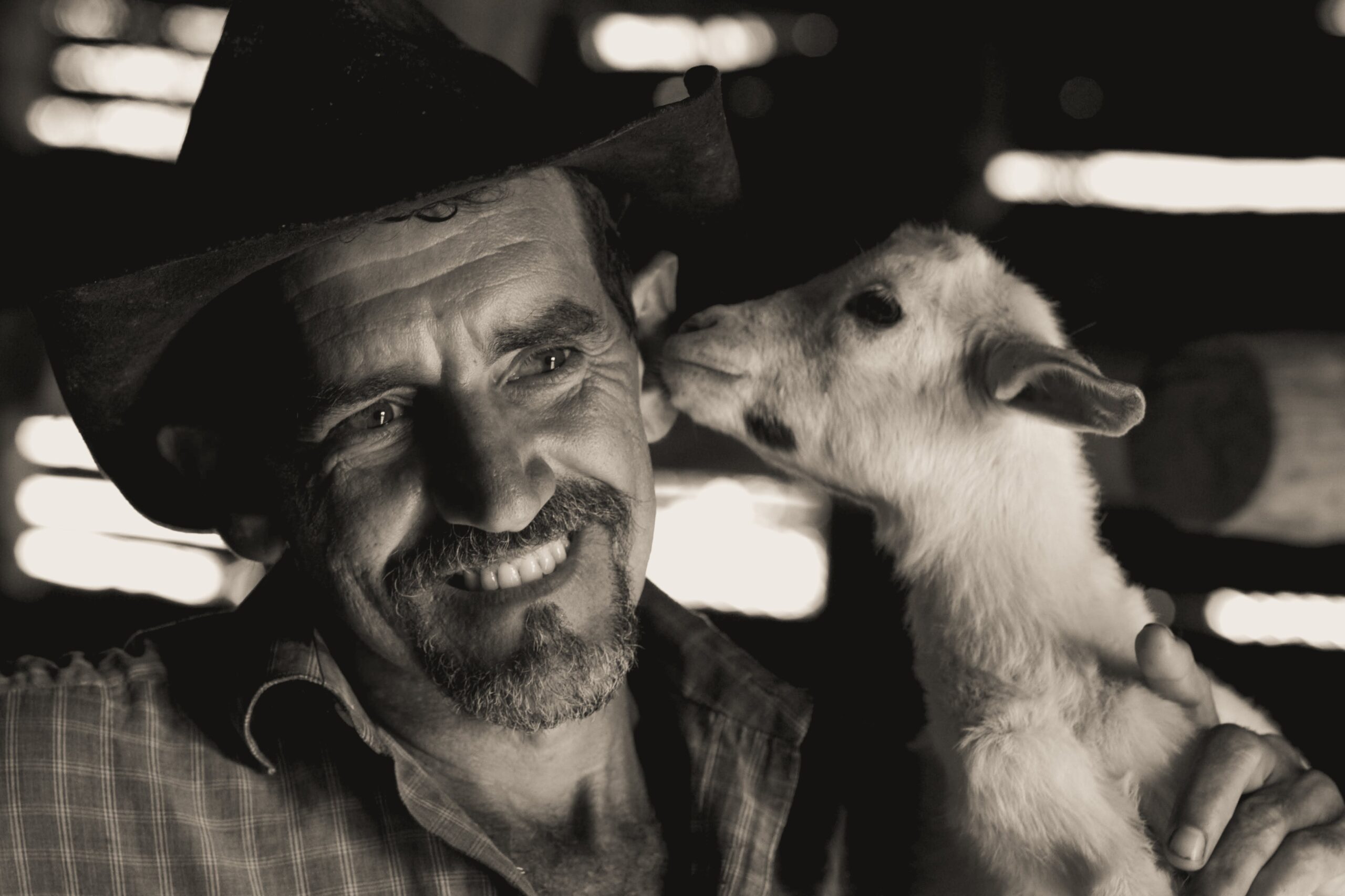Goats have roamed the Earth for centuries, fascinating humans with their agility, versatility, and unique charm. These creatures are not just a part of rural landscapes but contribute significantly to various aspects of our lives, including agriculture, sustainable living, and even as delightful pets. This blog post delves into the world of goats, exploring their attributes, benefits, and the remarkable roles they play across different industries.
Characteristics and Types of Goats
Physically, goats are known for their hardy nature and diverse breeds. They can be characterized by distinct traits such as horn types, body size, and coat texture. Noteworthy breeds include the stately Nubian, the woolly Angora, and the robust Boer; each breed has specific traits catering to different uses, from dairy to fiber to meat production.
Goats as Pets
Adopting a goat as a pet might surprise some, but these animals have proven to be affectionate companions akin to traditional domestic pets. The benefits of owning goats include their natural ability to manage weed control, valuable manure production for gardeners, and they often thrive on human interaction. When considering goats as pets, addressing their need for space, companionship, and proper care, including nutrition and health monitoring, is essential.
Goats in Sustainable Living
Sustainable goat farming plays a pivotal role in land management, particularly in controlling invasive vegetation without resorting to harsh chemicals. Additionally, goat milk and cheese are delicious and reflect sustainable choices. Products like raw goat milk and various cheeses have gained popularity among health-conscious consumers, revealing what goat milk tastes like – a creamy and subtly sweet alternative to cow’s milk.
Goats in Agriculture and Food Industry
When pondering what goat meat is called, ‘chevon’ is often unfamiliar to many. Yet, goat meat is a staple in numerous global cuisines and is valued for its lean, tender nature. The rise of goat farming echoes its economic potential, offering a smaller ecological footprint than cattle and a growing demand in the meat market.
Case Studies and Success Stories
The practicality and potential of goats shine through in several exemplary cases. A goat farm leveraging eco-tourism, described in one case study, showcases how these animals can bolster local economies. Similarly, a success story circulates about a goat cheese producer committed to sustainable methods, showcasing how the industry can balance profitability and environmental responsibility. Urban goat-keeping also presents an exciting model, highlighting how city dwellers integrate livestock into their lifestyle while goat milk producers dive into the health and wellness sector, encapsulating innovation in the industry.
Conclusion
The versatility and adaptability of goats secure their role as a cherished and valuable element across various sectors. Whether you’re an animal enthusiast, a sustainable lifestyle advocate, or directly involved in agriculture or the food industry, goats offer numerous benefits and opportunities. By understanding and appreciating their multifaceted existence, we can better recognize the immense value they add to our lives and industries.
Keywords: what is a goat, Goat Breeds, Sustainable Goat Farming, Benefits of Owning Goats, goat meat, what is goat meat called, what does goat milk taste like goat milk, raw goat milk, goat medicine





